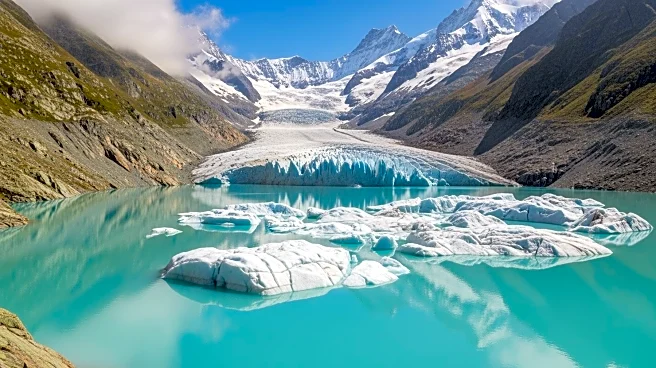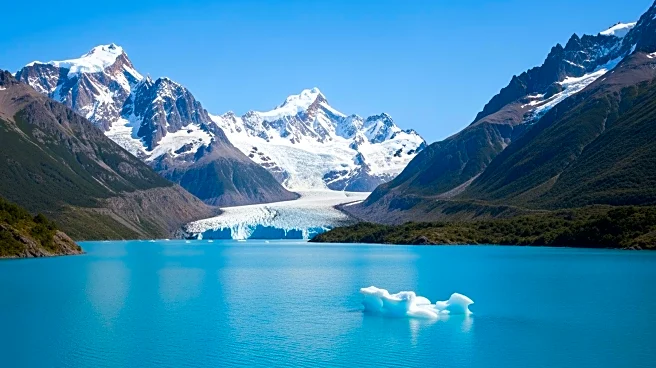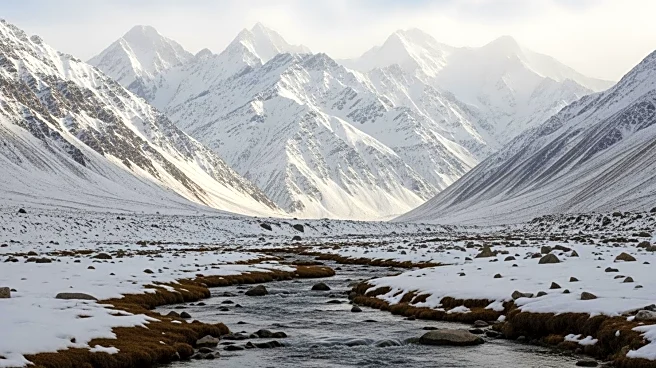What's Happening?
A recent study has highlighted the intensified occurrences of snow droughts in the Hindu Kush Himalayas (HKH), linked to changes in snow cover dynamics. The research indicates that several basins within the HKH region have experienced significant snow droughts,
particularly in 2008, 2010, 2011, 2015, and 2016-2017. These droughts are associated with declining snow cover days, which have been observed across various elevation gradients. The study also explores the potential drivers of these droughts, including climate change, temperature increases, and reduced precipitation, which have contributed to the shrinking snowpack and altered hydrological patterns.
Why It's Important?
The findings of this study are crucial for understanding the impact of climate change on regional hydrology and water resources in the HKH. Snow droughts affect the availability of water for drinking, agriculture, and hydropower, posing significant challenges for communities reliant on snowmelt. The study underscores the need for adaptive strategies to manage water resources and mitigate the effects of climate change. It also highlights the importance of monitoring snow cover dynamics to predict and respond to future drought events, ensuring the sustainability of water supplies in the region.
Beyond the Headlines
The study raises broader questions about the global implications of snow droughts, as similar patterns have been observed in other regions like North America. It emphasizes the interconnectedness of climate systems and the need for international cooperation in addressing climate change. The research also points to the role of elevation-dependent warming in exacerbating drought conditions, suggesting that targeted policies are needed to address the unique challenges faced by high-altitude regions.














